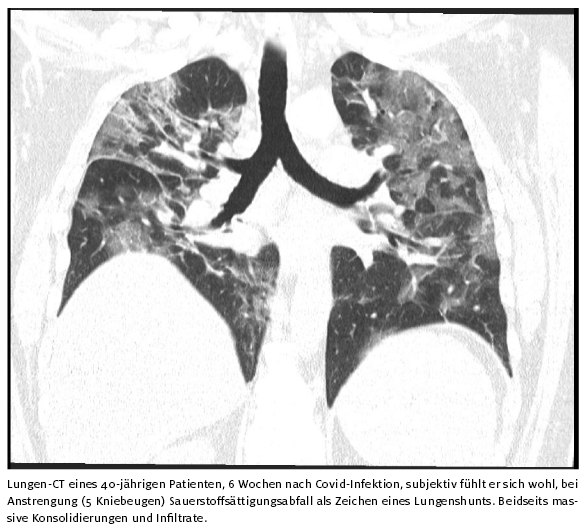Interesting article in a diving magazine by the head of an emergency department in a German hospital, who's also a diving enthusiast. Some recovered #COVID19 patients have abnormal lung function preventing them from diving. Unclear if permanent. #sequelae
wetnotes.eu/tauchen-nach-c…
wetnotes.eu/tauchen-nach-c…

Minor correction: the author of the article is the head of the emergency department in a hospital in Austria, not Germany.
More from the doctor (news article in German). He found the disconnect between the apparently healthy appearance of the patients and their lung scans surprising, even going so far as to call the radiology department to ensure he had the correct scans.
rainews.it/tgr/tagesschau…
rainews.it/tgr/tagesschau…
• • •
Missing some Tweet in this thread? You can try to
force a refresh






